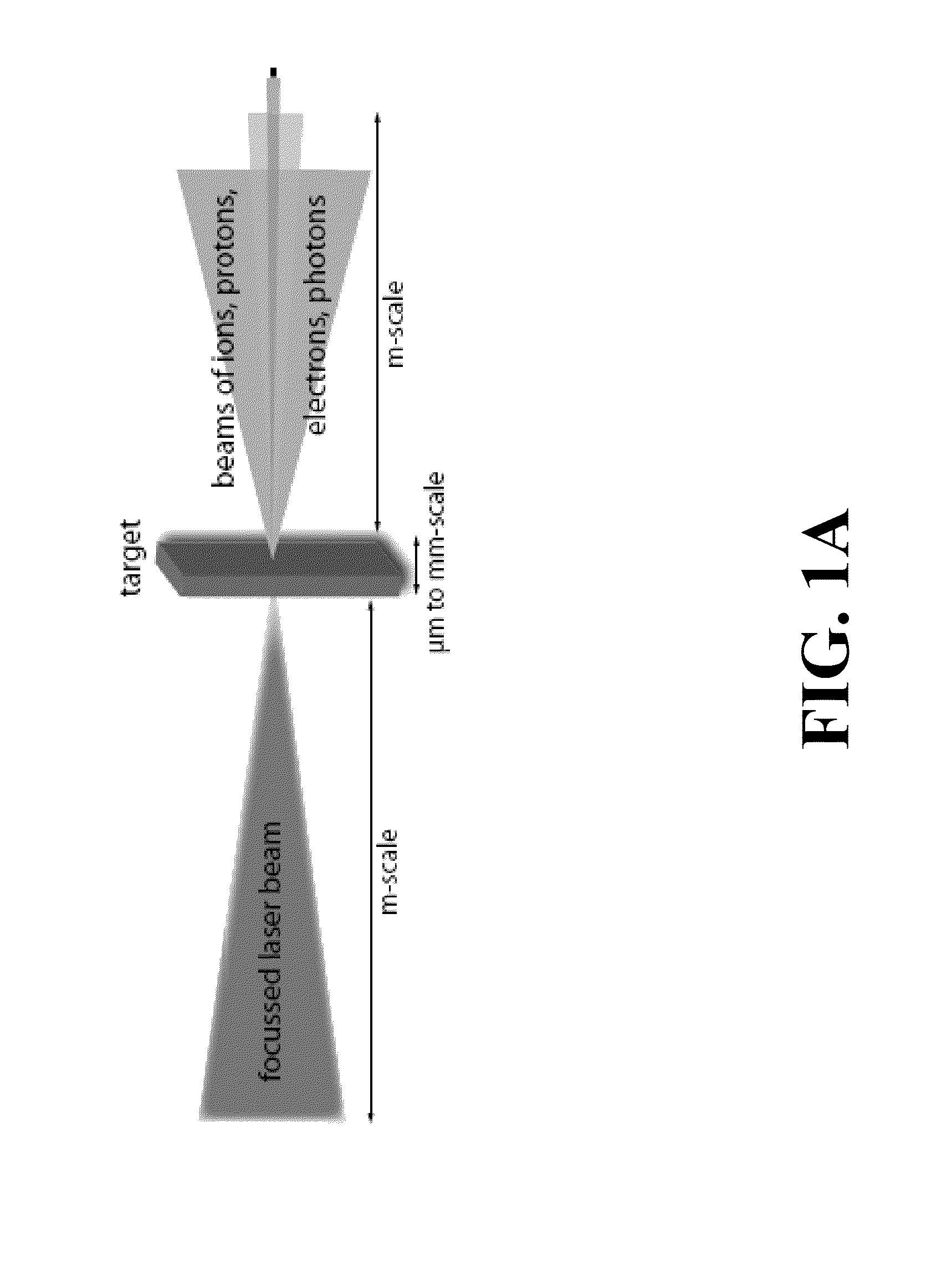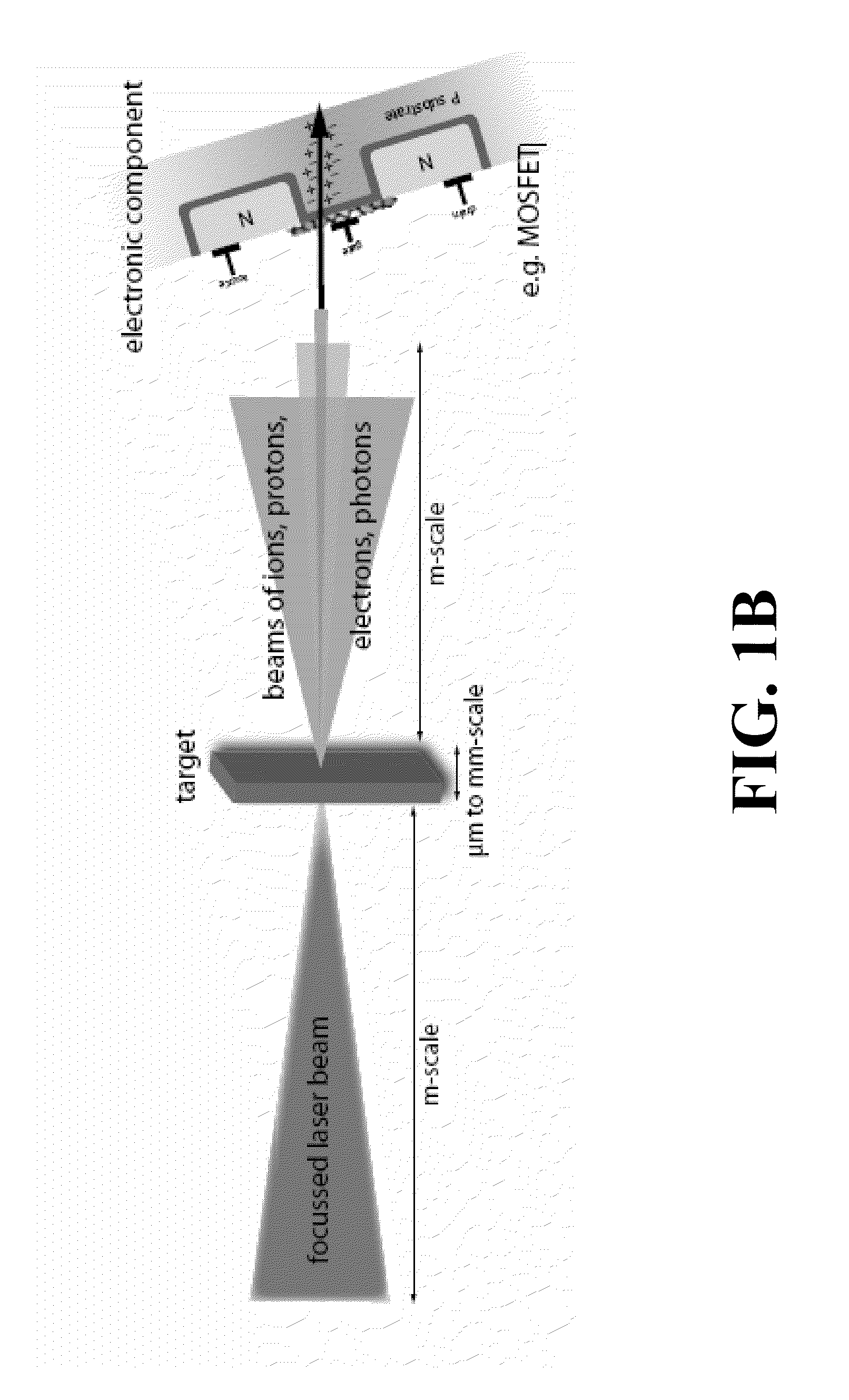Method of testing electronic components
a technology of electronic components and radiation hardness, applied in the field of radiation hardness testing of electronic components, can solve the problems of insufficient testing of a certain electronic component only once, intense, high-energy electrons can be extremely destructive to both man and machine, and the malfunction of electronic devices and circuits
- Summary
- Abstract
- Description
- Claims
- Application Information
AI Technical Summary
Benefits of technology
Problems solved by technology
Method used
Image
Examples
Embodiment Construction
[0041]In conjunction with the Figures, preferred embodiments of the inventive method are described that utilize, under two aspects of the invention described herein, a compact and relatively inexpensive system, a single compact beam of radiation for testing electronic components to ascertain their resistance to various types of high energy radiation encountered in space.
[0042]In a first aspect of the inventive method, the approach of the invention is to utilize a known device that will accelerate particles such as electrons, protons, neutrons, and even ions, based on the interaction of a focused laser beam with matter. This known device is a Laser-Plasma Accelerator (“LPA”), for achieving laser-plasma acceleration. It is known that the LPA is capable of producing, in a single beam, many different types of radiation.
[0043]Yet, to date, this characteristic has not been recognized as providing a useful source of electron energy for the industrial application which is the subject of the...
PUM
 Login to View More
Login to View More Abstract
Description
Claims
Application Information
 Login to View More
Login to View More - R&D
- Intellectual Property
- Life Sciences
- Materials
- Tech Scout
- Unparalleled Data Quality
- Higher Quality Content
- 60% Fewer Hallucinations
Browse by: Latest US Patents, China's latest patents, Technical Efficacy Thesaurus, Application Domain, Technology Topic, Popular Technical Reports.
© 2025 PatSnap. All rights reserved.Legal|Privacy policy|Modern Slavery Act Transparency Statement|Sitemap|About US| Contact US: help@patsnap.com



